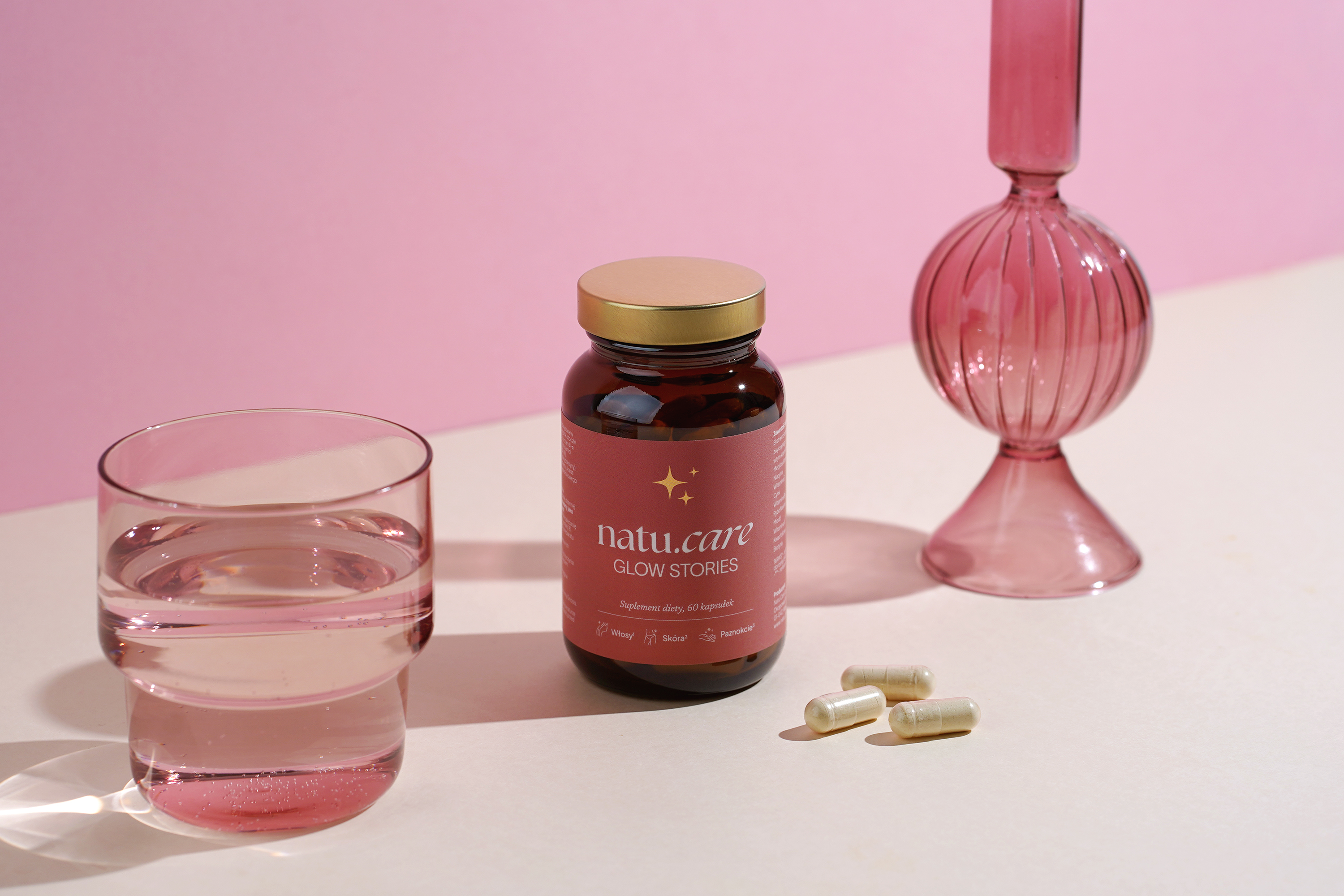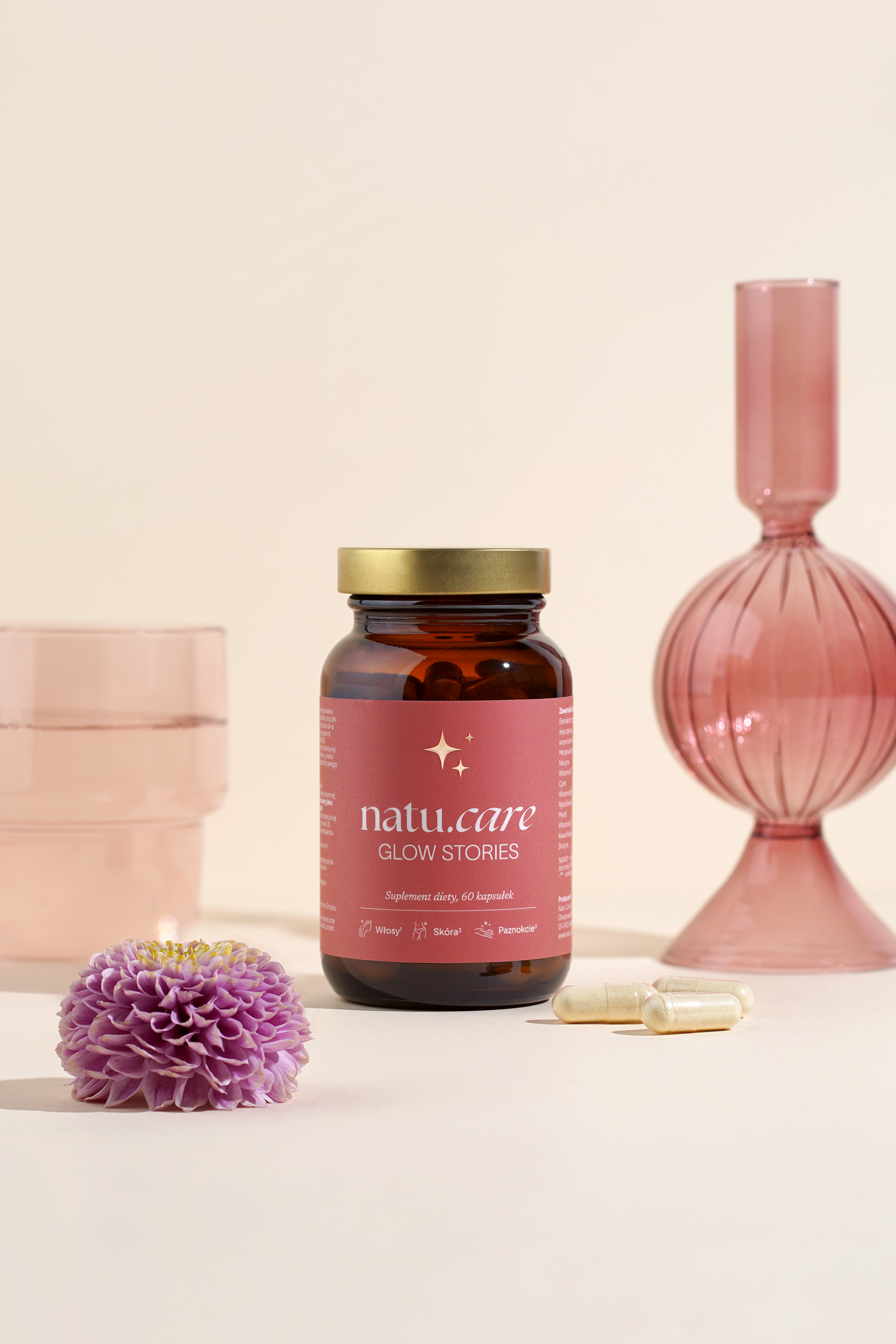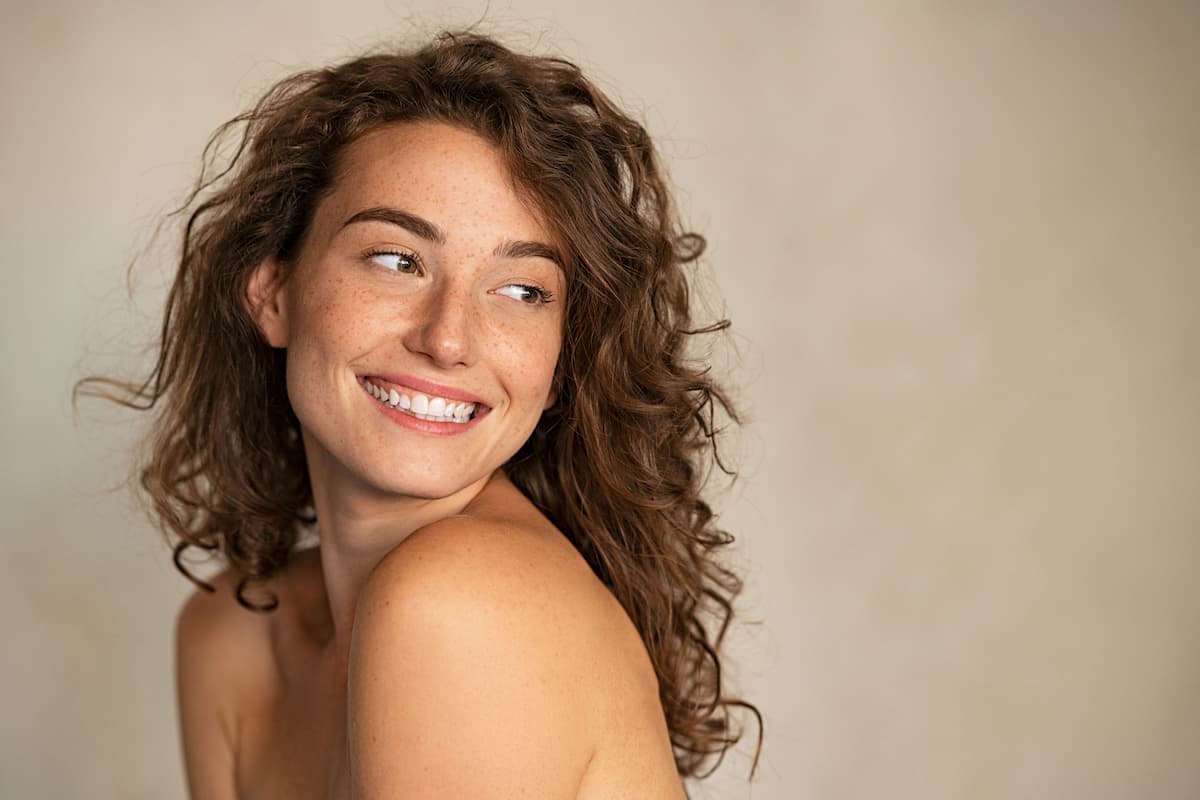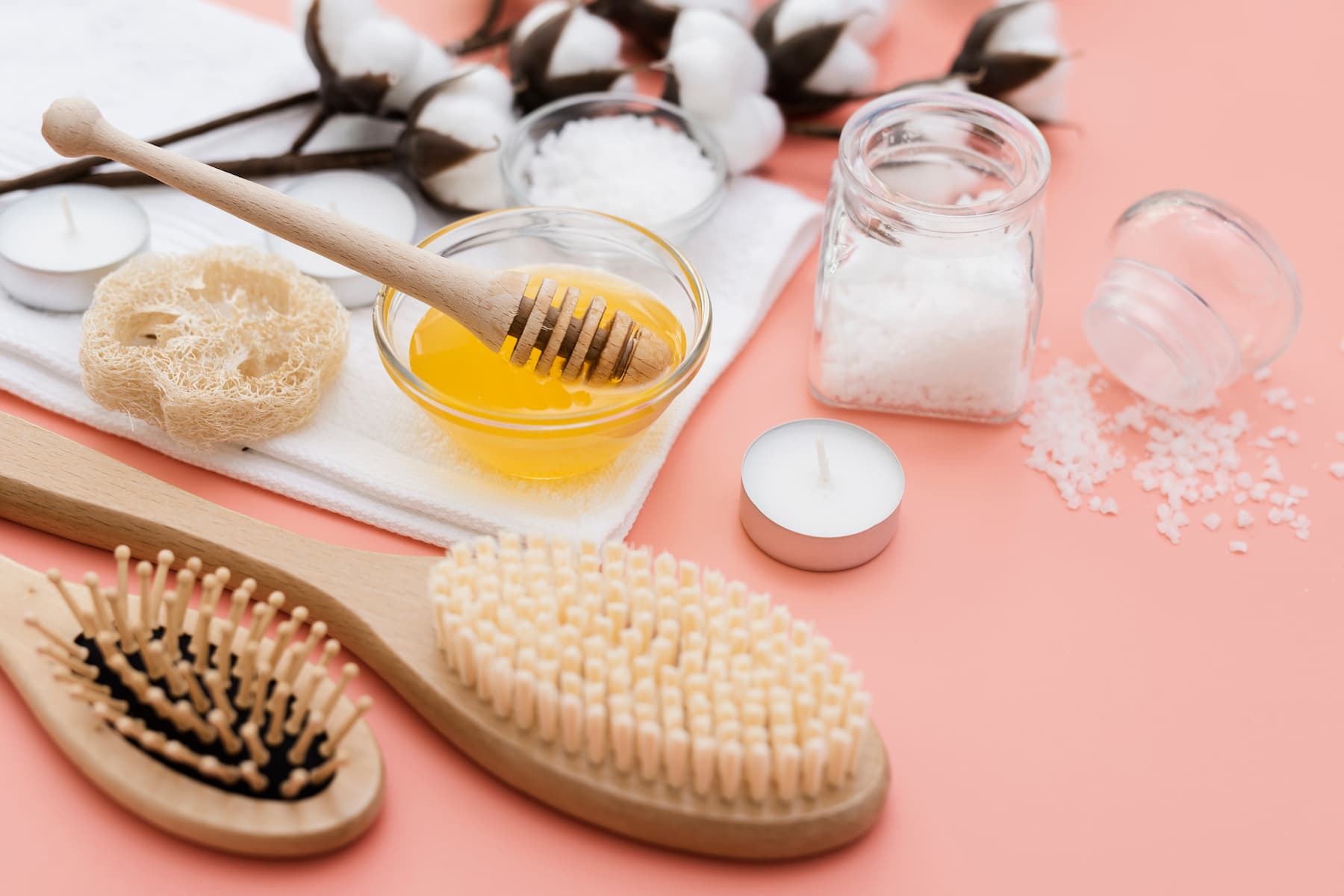Hair oiling: overnight, wet, dry [home remedies].
Everything you need to know to do hair oiling at home.


Learn more about our editorial process
.

Learn more about our editorial process
.

Learn more about our editorial process
.

Learn more about our editorial process
.![Hair oiling: overnight, wet, dry [home remedies].](https://cdn-resources.natu.care/uploads/1/side_view_man_hair_slugging_night_routine_1_14908b8b5e.jpg)
Why you can trust us
Articles on Natu.Care are written based on scientific research, data from government websites and other reliable sources. The texts are written in cooperation with doctors, nutritionists and other health and beauty experts. Articles are reviewed before publication and during significant updates.
.Learn more about our editorial process
.Information about advertisements
Content on Natu.Care may contain links to products from the sale of which we may receive a commission. When creating content, we adhere to high editorial standards and take care to be objective about the products discussed. The presence of affiliate links is not dictated by our partners, and we select the products we review ourselves completely independently.
.Learn more about our terms and Conditions
.Effect like after a visit to the hair salon, but without leaving home and spending a mountain of money. Sound like a fairytale? It doesn't. Hair oiling is the real story.
It's simple, effective and the only thing hair oiling has in common with fairy tales is... fairy tale results. With regular application of oil to your hair, strands will become stronger, more flexible and better nourished. You can even thicken them and accelerate their growth.
From this article you will learn:
- What results you can achieve by oiling your hair. .
- What are the methods of oiling. .
- How to wash the oil off effectively.
- How to use the oil.
- What oil to choose for oiling. .
- How to perform hair oiling step by step. .

Odkryj, co dla Twojej urody może zrobić Natu.Care Glow Stories -15% z kodem BLOG15
Skóra, włosy, paznokcie: Glow Stories
Wesprzyj prawidłowy stan skóry, włosów i paznokci i ochroń komórki przed stresem oksydacyjnym!
Sprawdź cenę
Glow Stories to formuła aktywnych składników, które zostały starannie dobrane wedle najnowszych badań naukowych. Znajdziesz w nich biotynę, cynk i miedź pielęgnujące zdrowie włosów i promiennej cery. Ponadto cynk jest odpowiedzialny także za zachowanie zdrowych paznokci. Mądra suplementacja zadba o Twoje piękno od środka.Julia Skrajda, dietetyk kliniczny
.
- What conscious hair care is .
- Home hair care products
- Best hair supplements
- Hair collagen
- Best hair conditioners
- Best hair loss shampoos
What is the benefit of hair oiling?
.
Hair oiling creates a microscopic protective layer on the strands, which can also fill in structural defects or glue down split ends. It will make hair shinier and, depending on the oil used, either more heavy or more free-flowing. The oil also has a moisturising effect, making strands softer, silkier and more supple.
.
Applying oil to the entire length of your hair and scalp can help you deal with problems such as dry scalp or excessive hair loss. Some oils can also accelerate hair strand growth and give you that dream growth of baby hair. To achieve this, however, it takes regularityand.
Hair oiling - effects
.
The immediate effects of hair oiling are:
.
- deep hydration, .
- softness, .
- beautiful shine, .
- reduced static electricity, .
- reduced hair weight, .
- reduced flaking, .
- reduced curl definition, .
Some hair may also be more amenable to styling after oiling.
If you oil your hair regularly, after a few months you will be able to notice:
- fewer broken and split ends, .
- reduced hair loss, .
- faster growth, .
- growth of new hair (so-called baby hair), .
- improved hair density, .
- a revitalised and less sensitive scalp, .
- generally improving the condition of the hair, .
Unfortunately, sometimes the effects of oiling the hair can also fall short of what was intended. This is usually the case when the ritual is performed incorrectly. A popular mistake is not washing the oil off the hair and scalp correctly. Another reason may be the selection of the wrong oil.
What threats for oiling mistakes? Frizzy, greasy hair that looks like you haven't washed it for a week. In the case of curls, this can also involve straightening out the curl. In addition, overloading hair with oil can contribute to hair loss.
To avoid this, below you will find the principles of correct hair oiling. You will learn techniques, tips and types of oils that will help you achieve the best results. Even so, remember that especially when it comes to oil selection - sometimes you will need several attempts to find the one that is right for you.
How to do oiling your hair?
.
Doing hair oiling at home is very simple and, in a nutshell, boils down to applying a small amount of oil to the length of your strands, holding it for 30 minutes to a few hours, emulsifying it (more on that below) and washing your hair with a mild shampoo. Et voilà!
Sounds trivial. Then, what's all the fuss about? As usual, about the details. Check out the most popular hair oiling methods.
Dry hair oiling
.
For this type of oiling, you don't need to specifically wash and dry your hair. However, it is important that there are no cosmetics on the strands - leave-in conditioners or stylers (gels, mousses, sprays, etc.). The hair should also not be dirty or greasy.
.
Cosmetics and sebum collected on the hair will hinder oil absorption and may further weigh down the hairand.
.
Dry oiling works best for fine hair that is easily overloaded and hair that tends to become oily. To do it, all you need to do is apply a few drops of your chosen oil to your combed strands. You can spread it in your hands and run your fingers through your hair. To distribute the oil even more thoroughly, comb through your hair with a wide-toothed comb or paddle brush.
Tip
.No matter which oiling method you choose - leave the oil on your hair for a minimum of 30 minutes. This is the time that will allow the nutrients to be absorbed into the hair and scalp. Exactly how long to keep the oil on your head depends on your hair type. Start with half an hour and the next time you oil your hair, try extending this time. Observe the results and, based on this, adjust it to your needs. There are some hair types that absolutely love oil and can tolerate it perfectly even for several hours or overnight.
.Wet hair oiling
.
Contrary to its name, for this oiling method your hair should not be dripping with water at all, but only slightly damp. You can simply use water to dampen it, but hydrolates - such as rose or chamomile - will also work well.
Wet hair oiling is not a wet method.
Whichever you choose, you will find it most convenient to wet your hair with a mist from an atomiser. You won't have to put your head under the tap and wipe your hair with a towel. You won't get your clothes wet either. Spray your combed hair and comb it to thoroughly distribute the water or hydrolate. Then apply the oil to the strands, in the same way as for dry oiling.
Remember that the rule the more, the better does not work with oiling. Apply 1 to 3 ml of oil (that's literally a few drops). The thicker and longer your hair, the more you should apply. For very showy hair, spread a tablespoon of oil.
Tip
.You can also apply the oil to your scalp. However, in that case, don't keep it on for more than 2 hours so that it doesn't clog the mouths of your hair folliclesand. You don't need to add extra oil either - just give yourself a relaxing scalp massage with your oily fingers after spreading it along the length of your strands. This amount is enough to nourish the scalp and not overtax it.
Before you decide to apply oil to your scalp, I always recommend a preventive visit to a trichologist with a trichoscopic examination. This will rule out very common scalp disorders (excessive redness, oily/dry scales, possible lingering impurities, abnormal keratinisation, etc.)..
 .
.
Katarzyna SrebrCosmetologist
.
Hair oiling "for foundation" or conditioner
.
If you want to get the most out of oiling and turn it into a real hair ritual, use a humectant before applying oil. This will provide your strands with an extra dose of nourishment and moisture, while the oil (or emollient) will ensure that the moisture doesn't evaporate, but is retained inside the hair.
To ensure that you get the most out of oiling, use a humectant.
To provide such a nourishing 'primer' when wet oiling, add sugar or honey to the water you wet your strands with. These are natural and very effective moisturisers. If you use a hydrolate instead of water, choose one with hydrating properties. These qualities are for example cosmetics based on damask rose or chamomile.
What else can you apply to your hair before oil?
.
- humectant conditioner, .
- flaxseed suspension, .
- aloe vera gel, .
Holika Holika Aloe 99% Soothing Gel
Product description
A 3-in-1 care? Yes! The multifunctional aloe vera gel can be used for body, face and hairów care. It has moisturising, cooling and soothing properties. You can use it as a face cream, body lotion or hair serumów.
.Pros and cons
A 3-in-1 care? Yes! The multifunctional aloe vera gel can be used for body, face and hairów care. It has moisturising, cooling and soothing properties. You can use it as a face cream, body lotion or hair serumów.
.Additional information
A 3-in-1 care? Yes! The multifunctional aloe vera gel can be used for body, face and hairów care. It has moisturising, cooling and soothing properties. You can use it as a face cream, body lotion or hair serumów.
.User review
A 3-in-1 care? Yes! The multifunctional aloe vera gel can be used for body, face and hairów care. It has moisturising, cooling and soothing properties. You can use it as a face cream, body lotion or hair serumów.
.Primabiotic Microorganic conditioner for all hair types
Product description
Natural conditioner for use on the entire length of the hair scalp. It nourishes, moisturises and maintains the correct PH of the scalp.
.Massage conditioner into hair and scalpóhand to enjoy soft, shiny hair. Regular use of the conditioner can improve the condition of your hairós by nourishing its roots. They will grow healthy and strong.
Pros and cons
Natural conditioner for use on the entire length of the hair scalp. It nourishes, moisturises and maintains the correct PH of the scalp.
.Massage conditioner into hair and scalpóhand to enjoy soft, shiny hair. Regular use of the conditioner can improve the condition of your hairós by nourishing its roots. They will grow healthy and strong.
Additional information
Natural conditioner for use on the entire length of the hair scalp. It nourishes, moisturises and maintains the correct PH of the scalp.
.Massage conditioner into hair and scalpóhand to enjoy soft, shiny hair. Regular use of the conditioner can improve the condition of your hairós by nourishing its roots. They will grow healthy and strong.
Natural conditioner for use on the entire length of the hair scalp. It nourishes, moisturises and maintains the correct PH of the scalp.
.Massage conditioner into hair and scalpóhand to enjoy soft, shiny hair. Regular use of the conditioner can improve the condition of your hairós by nourishing its roots. They will grow healthy and strong.
Oiling your hair...overnight?
.
If your hair drinks oil like crazy, you can try applying it overnight. However, there are a few things you need to follow so you don't harm yourself.
Firstly, when using oil overnight, never apply it to your scalp. Don't clog its pores overnight, as you may end up with excessive sebum production or pimplesand. Ideally, you should apply oil to the strands from ear height.
.
Secondly, don't wet your strands beforehand - oil dry. Wet hair is more susceptible to damage, and this is not difficult to happen when twisting in pillows. This is why going to bed with wet hair is not recommended.
To avoid this nighttime damage, silk turbans work nicely..
 .
.
Katarzyna SrebrCosmetologist
Tip
.Thick, stiff and coarse hair may like the use of oil as a leave-in conditioner or serum for the ends. If you want to use the oil for this purpose, apply a small amount to the strands from the mid-lengths.
Try using the oil as a leave-in conditioner.
How to wash oil out of your hair, or a word about emulsifying
.
The final step of oiling your hair is perhaps the most important when it comes to enjoying great results later on. Thoroughly washing out the oil will help you avoid clumping, stripping, greasiness and that unpleasant feeling of under-oiling your hair.
To wash off the oil, rinse off the excess with warm water, skim the strands and apply a conditioner. An emollient one will work well - because fats dissolve best... in other fats. Hold the conditioner for about 15 minutes. This process is called emulsifying. After this time, rinse the conditioner thoroughly and wash your hair twice with a mild shampoo (preferably one without SLS and SLES).
Primabiotic Microorganic Normalizing Shampoo (250 ml)
Product description
Shampoo for daily use. It has a soothing effect, prevents greasiness and signs of dandruff. It makes the hair soft and gentle. The probiotics contained in the composition take care of the correct pH of the skinóry, and the emollient additionally strengthens the hair.
Pros and cons
Shampoo for daily use. It has a soothing effect, prevents greasiness and signs of dandruff. It makes the hair soft and gentle. The probiotics contained in the composition take care of the correct pH of the skinóry, and the emollient additionally strengthens the hair.
Additional information
Shampoo for daily use. It has a soothing effect, prevents greasiness and signs of dandruff. It makes the hair soft and gentle. The probiotics contained in the composition take care of the correct pH of the skinóry, and the emollient additionally strengthens the hair.
Shampoo for daily use. It has a soothing effect, prevents greasiness and signs of dandruff. It makes the hair soft and gentle. The probiotics contained in the composition take care of the correct pH of the skinóry, and the emollient additionally strengthens the hair.
What to oil your hair with?
.
You already know how, now it's time to consider what. Which oil will work best for your hair type? In order to choose it, it is useful to know the porosity of your hair. The most accurate way to determine this is with a trichologist, but if you haven't been to one and aren't planning to go to one, a simple test might help:
Pour water into a glass. Place your hair on the surface and observe what happens to it. Low-porous hair should stay on it. Medium-coarse ones will sink slowly, while high-coarse ones will quickly soak up the water and fly to the bottom.
Follow the instructions below.
To draw adequate conclusions, compare your observations with the characteristics of hair of different porosities.
These are the typical characteristics of low-porous hair:
.
- They tend to take a long time to dry. Although they may look dry on the outside, the inner layers may still be wet.
- They tend to be dry.
- They tend to be smooth and shiny because the scales are tightly sealed, so they reflect light.
- They can be difficult to clean.
- May have difficulty absorbing hair care products. Cosmetics often accumulate on the surface of the hair, rather than penetrating deep into the hair.
- They can be less susceptible to the effects of light.
- They are less prone to frizz compared to hair with higher porosity. .
- Tend to be difficult to dye or perm because the cuticles are tightly closed and it is difficult to introduce chemicals. .
- May be frizzy and weighed down even after using light styling and conditioning products. .
Medium-porous hair:
- They can be both too dry and too oily. Their condition can vary depending on the season.
- Medium-coarse hair is a hair that is damaged and damaged.
- This is hair that has been damaged by styling, improper brushing, grooming or not being handled very gently.
- It can be too dry.
- They assimilate hair care products easily, but are also susceptible to excess. .
- They are more readily amenable to chemical treatments, such as colouring and perming, than low-porosity hair.
- They are quite amenable to styling, and hairstyles tend to last for most of the day. .
- They dry quickly, but not as much as high porosity hair. .
Your hair may be high porous if:
- It absorbs water quickly, but loses it just as quickly.
- Frequently appear dry and rough to the touch.
- Have a tendency to dry and rough to the touch.
- They tend to frizz and have a broom effect on the head.
- They easily absorb hair care products and often need to be re-applied.
- They are prone to damage and breakage.
- Frequently have split ends. .
- They are difficult to style and style, but once you manage to style them, the hairstyle holds in infinitely. .
- They react quickly to changes in humidity in the air. .
- Currently, it is hair damaged or burned by colouring and perms. .
- Highly porous hair may be high porous.
Highly porous hair is also usually just curly hair..
 .
.
Katarzyna SrebrCosmetologist
Tip
.If you are still hesitant and unable to decide which type of porosity best suits you, start with care designed for medium-porous hair. Most people have this hair type.
Highly porous hair oiling
- .
Highly porous hair likes intensive care and is likely to be delighted with oiling done over a moisturising primer. With this type of hair, you can usually keep the oil on your head for 2-3 hours or longer.
For oiling highlights choose 'heavy' oils with large molecules. These will easily penetrate the heavily frizzed hair scalesand. You don't even have to run to the drugstore. Try sunflower oil or olive oil for a start. Other oils that will work well for this hair type include:
- flaxseed, .
- black cumin, .
- macadamia, .
- from avocado, .
- arganic, .
- hemp, .
- from grape seed, .
Oiling of medium-porous hair
- .
Depending on the degree of split ends, medium-coarse hair can have more of the characteristics high-poor or low-poor. Therefore, in addition to the oils typically recommended for medium-porous locks, you can also try the others - those suitable for low- and high-porosity locks.
Traditionally, for medium porosity hair, oils that are not as heavy as those described above are recommended. Olive oil, however, may also be suitable for them - especially if they are more damaged. Also try the following oils:
- jojoba oil,
- from sweet almonds, .
- rhizin oil, .
- sesame, .
- from pumpkin seeds, .
- arganic, .
- olive oil
Hint
.Apparently medium-porous, yet close to high-porosity? Try argan oil or olive oil. Medium-porous but overall healthy and quite shiny? Try castor oil.
Oiling low-porous hair
- .
In order for the oil to be able to reach the inside of low-porous hair, its particles need to be very smalland. This also ensures that it does not weigh down the strands excessively. The most popular oil used for low porosity hair is coconut oil. Additionally, try the following oils:
- babassu, .
- rhizinic, .
- cupuacu, .
- pomegranate seed,
- pomegranate seed oil
- shea butter, .
- murumuru butter, .
Hair oiling step by step
- .
Armed with knowledge, with your oil of choice, you can get down to business. Here is hair oiling step by step:
- Diligently comb your hair.
- If you're oiling your hair, make sure it's well oiled.
- If you are oiling wet, spray your hair with water or hydrolate and comb through again.
- If you are oiling wet, spray your hair with water or hydrolate and comb through again.
- Pour a few drops of oil onto the palm of your hand and spread it in your hands. Under the heat of your hands, the oil will change its consistency and you will find it easier to apply. If you use butters - a good rubbing and melting is a must. .
- Spread the oil through your hair, combing it through with your fingers. Do not rub or tug to avoid damaging the strands. If you also want to apply the oil to your scalp, give your scalp a gentle massage with the oil residue left on your fingers. .
- Brush your hair again with a wide-toothed comb. .
- Leave the oil on your head for 30 minutes to several hours. If you have applied the oil to your scalp, do not keep it on for more than 2 hours.
- Rinse with water.
- Rinse the oil with water and squeeze off any excess. .
- Apply a conditioner with emollients to your hair and keep it on your hair for 15-20 minutes to allow the oil to emulsify. .
- Rinse the conditioner thoroughly. Wash your hair twice, using a gentle shampoo for daily hair care.
- Rinse your hair twice.
- Do the rest of the care you normally use after washing. .
Hair oiling: before and after
- .
See what results have been achieved by friendly hairmaniacs with home hair oiling:
Nina
Method used: dry
- .
Type of oil: rapeseed oil
- .

Kinga
Method used: dry
- .
Type of oil: rice bran oil
- .

Summary
- .
- Oiling your hair is a simple hair care ritual you can do at home. .
- Through oiling, hair regains its shine, softness and becomes silky to the touch. .
- Regular oiling improves the condition of your hair and scalp, can counteract hair loss and accelerate new hair growth.
- You can oil dry hair, slightly dampened hair or hair that has previously been treated with a moisturising conditioner or other humectant.
- The type of oil is best for dry hair.
- The type of oil is best chosen according to the porosity of your hair. The most versatile oils are olive oil, argan oil and castor oil. .
FAQ
What oil to oil your hair with
.What oil to choose for oiling hair depends on the porosity of the hair. The more open the scales hair, the larger the molecules the oil you choose should have. If you're not sure which one to use, try oils castor, argan or olive oil for a start - they work well for many people.
How often to oil your hair?
.This is a matter that you need to determine on an individual basis. Hair low-porous or fine hair will need oiling less often than damaged, stiff and high-porous hair. To start with, you can oil your hair every week or two. Observe what frequency makes your strands look best. Remember that to achieve the most spectacular results, regularity matters above all.
.What is hair oiling?
Hair oiling involves applying a small amount of oil to the strands (usually a few drops are enough) and leaving it on for a minimum of 30 minutes (up to several hours). You can oil only the length hair or the strands and scalp. To wash the oil out of your hair well, it is best to emulsify it beforehand with emollient conditioner.
How long to keep the oil on the hair.
When oiling hair, leave oil on strands for at least 30 minutes. If you are oiling the strands themselves you can keep the oil as long as you like (even overnight). Tailor this time to your individual needs - just see what works best for you. However, if you are also applying the oil to your scalp, do not keep it on your head for more than 2 hours.
Hair oiling: dry or wet?
.Dry oiling is likely to be liked by owners of fine hair that is easily overloaded. In wet hair hair, the oil penetrates more easily because the water causes the cuticles to open up. Wet oiling or a humectant base will work well for dry, stiff and coarse hair.
Does oiling your hair wash out dye?
.Oils can wash dye out of hair. However, this doesn't mean that owners of colour-treated strands have to give up on this hair care method. All you need to do is abstain from oiling for a week or so after visiting your hairdresser.
.Why do you do oiling your hair?
.Select the intervals between oiling your hair according to your preferences. Simply check what frequency works best for you. Most people do oiling weekly or fortnightly.
It may be, however, that for you, reducing or increasing this frequency will have better results. For starters, follow the rule of thumb: the drier and more damaged hair your hair is, the more frequent oiling it will require.
- .
Sources
.See all
.Fernandes, C., Medronho, B., Alves, L., & Rasteiro, M. G. (2023). On Hair Care Physicochemistry: From Structure and Degradation to Novel Biobased Conditioning Agents. Polymers, 15(3), 608. https://doi.org/10.3390/polym15030608
Hessefort, Y., Holland, B. T., & Cloud, R. W. (2008). True porosity measurement of hair: A new way to study hair damage mechanisms. Journal of Cosmetic Science, 59(4), 303-315. https://pubmed.ncbi.nlm.nih.gov/18818850/
.james.runkle@drummondst.com. (2020, November 11). An Overview on Hair Porosity. NYSCC. https://nyscc.org/blog/an-overview-on-hair-porosity/
Kaushik, V., Kumar, A., Gosvami, N. N., Gode, V., Mhaskar, S., & Kamath, Y. (2022). Benefit of coconut-based hair oil via hair porosity quantification. International Journal of Cosmetic Science, 44(3), 289-298. https://doi.org/10.1111/ics.12774
Mysore, V., & Arghya, A. (2022). Hair Oils: Indigenous Knowledge Revisited. International Journal of Trichology, 14(3), 84-90. https://doi.org/10.4103/ijt.ijt_189_20
Rele, A. S., & Mohile, R. B. (2003). Effect of mineral oil, sunflower oil, and coconut oil on prevention of hair damage. Journal of Cosmetic Science, 54(2), 175-192. https://pubmed.ncbi.nlm.nih.gov/12715094/
Sinclair, R. D. (2007). Healthy Hair: What Is it? Journal of Investigative Dermatology Symposium Proceedings, 12(2), 2-5. https://doi.org/10.1038/sj.jidsymp.5650046
Uronnachi, E., Atuegwu, C., Umeyor, C., Nwakile, C., Obasi, J., Ikeotuonye, C., & Attama, A. (2022). Formulation and evaluation of hair growth enhancing effects of oleogels made from Rosemary and Cedar wood oils. Scientific African, 16, e01223. https://doi.org/10.1016/j.sciaf.2022.e01223
What is the structure of hair and how does it grow? (2019). In InformedHealth.org [Internet]. Institute for Quality and Efficiency in Health Care (IQWiG). https://www.ncbi.nlm.nih.gov/books/NBK546248/
Yang, F.-C., Zhang, Y., & Rheinstädter, M. C. (2014). The structure of people's hair. PeerJ, 2, e619. https://doi.org/10.7717/peerj.619
- .
Editorials
Meet the team

Cosmetologist
Cosmetologist and linergist with extensive experience working with clients with a wide range of skin health needs and concerns.


Find out what to do when hair starts to fall out by the handful.

See how to effectively moisturise dry hair.

Before you click Buy Now at the online drugstore, check what hair 'cosmetics' you can find in your kitchen.



